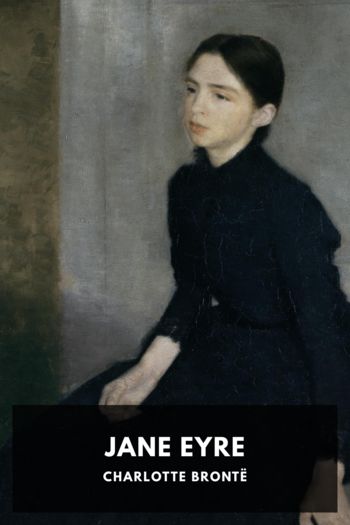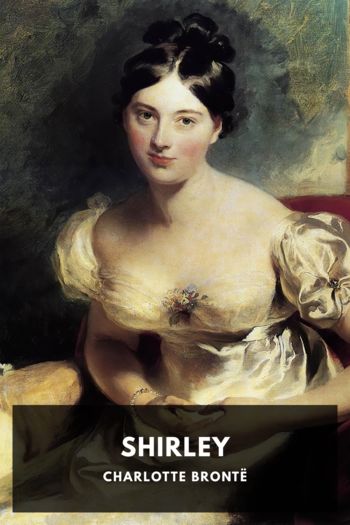
Description
Jane Eyre experienced abuse at a young age, not only from her aunt—who raised her after both her parents died—but also from the headmaster of Lowood Institution, where she is sent away to. After ten years of living and teaching at Lowood Jane decides she is ready to see more of the world and takes a position as a governess at Thornfield Hall. Jane later meets the mysterious master of Thornfield Hall, Mr. Rochester, and becomes drawn to him.
Charlotte Brontë published Jane Eyre: An Autobiography on October 16th 1847 using the pen name “Currer Bell.” The novel is known for revolutionizing prose fiction, and is considered to be ahead of its time because of how it deals with topics of class, religion, and feminism.

Description
Charlotte Brontë’s last novel, Villette, is thought to be most closely modelled on her own experiences teaching in a pensionnat in Brussels, the place on which the fictional town of Villette is based. In the novel, first published in 1853, we follow the protagonist Lucy Snowe from the time she is fourteen and lives with her godmother in rural England, through her family tragedies and departure for the town of Villette where she finds work at a French boarding school. People from her past reappear in dramatic ways, she makes new connections, and she learns the stories and secrets of the people around her. Through it all, the reader is made privy to Lucy’s thoughts, feelings, and journey of self-discovery.

Description
Shirley, published in 1849, was Charlotte Brontë’s second novel after Jane Eyre. Published under her pseudonym of “Currer Bell,” it differs in several respects from that earlier work. It is written in the third person with an omniscient narrator, rather than the first-person of Jane Eyre, and incorporates the themes of industrial change and the plight of unemployed workers. It also features strong pleas for the recognition of women’s intellect and right to their independence of thought and action.
Set in the West Riding of Yorkshire during the Napoleonic period of the early 19th Century, the novel describes the confrontations between textile manufacturers and organized groups of workers protesting the introduction of mechanical looms. Three characters stand out: Robert Moore, a mill-owner determined to introduce modern methods despite sometimes violent opposition; his young cousin Caroline Helstone, who falls deeply in love with Robert; and Shirley Keeldar, a rich heiress who comes to live in the estate of Fieldhead, on whose land Robert’s mill stands. Robert’s business is in trouble, not so much because of the protests of the workers but because of a government decree which prevents him selling his finished cloth overseas during the duration of the war with Napoleon. He receives a loan from Miss Keeldar, and her interest in him seems to be becoming a romantic one, much to the distress of Caroline, who pines away for lack of any sign of affection from Robert.
Shirley Keeldar is a remarkable female character for the time: strong, very independent-minded, dismissive of much of the standard rules of society, and determined to decide on her own future. Interestingly, up to this point, the name “Shirley” was almost entirely a male name; Shirley’s parents had hoped for a boy. Such was the success of Brontë’s novel, however, that it became increasingly popular as a female name and is now almost exclusively so.
Although never as popular or successful as the more classically romantic Jane Eyre, Shirley is nevertheless now highly regarded by critics.